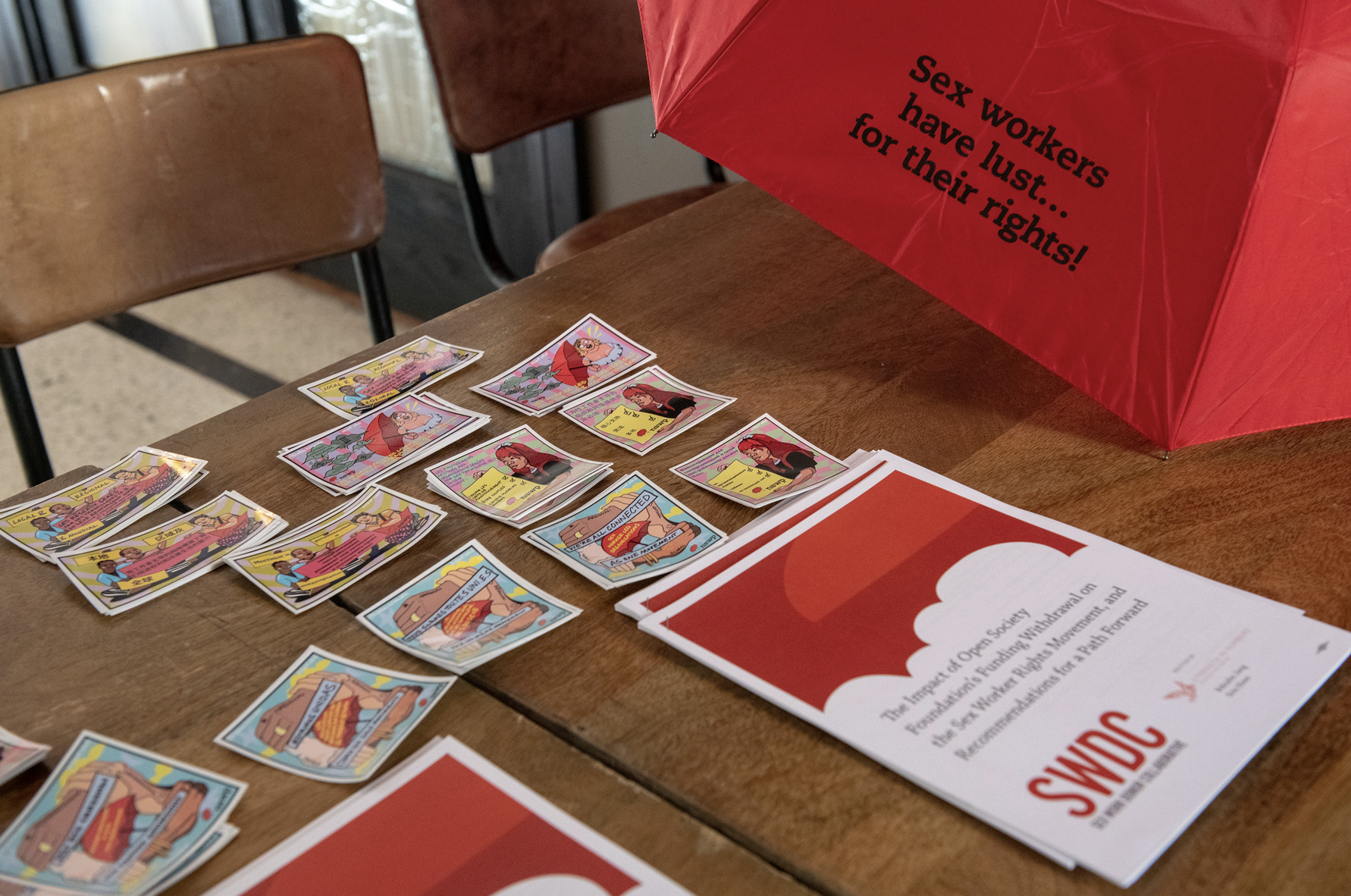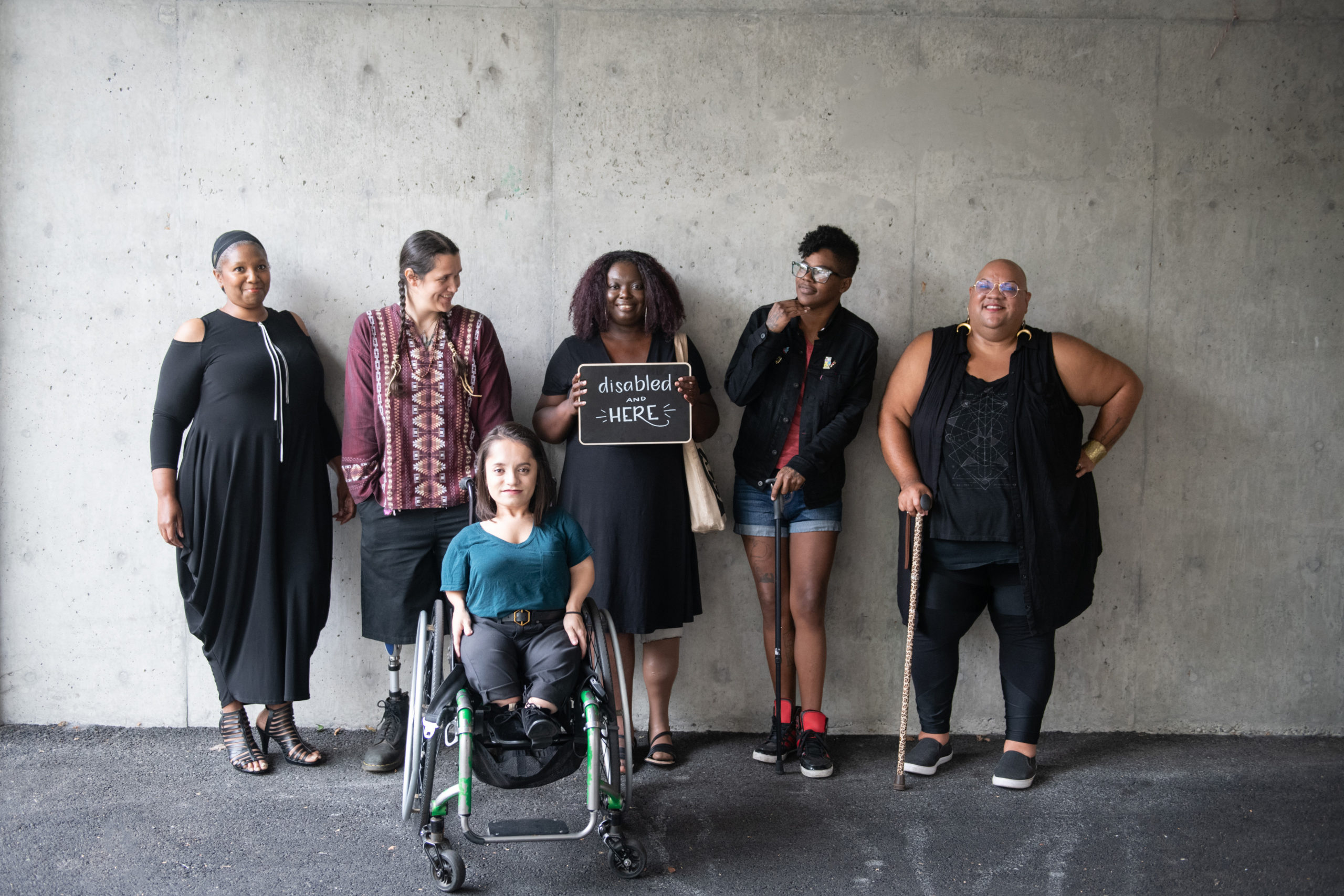Knowledge Is Power: LGBTQI and Human Rights Funders, Disaggregate Your Data!
This post originally appeared on Foundation Center’s PhilanTopic blog.
 When several LGBTQI funders set out in 2013 to better understand the landscape of funding for trans* human rights, our first stop was the International Human Rights Funders Group (IHRFG) and Foundation Center’s groundbreaking data set on global human rights funding. To our surprise, we found very little information about funding for trans* people specifically. When I went looking last month for data on funding dedicated to lesbian, bisexual, and queer women, I found the same gap. This, I realized, is because most foundations report their funding for “LGBT” people as just that: “LGBT.”
When several LGBTQI funders set out in 2013 to better understand the landscape of funding for trans* human rights, our first stop was the International Human Rights Funders Group (IHRFG) and Foundation Center’s groundbreaking data set on global human rights funding. To our surprise, we found very little information about funding for trans* people specifically. When I went looking last month for data on funding dedicated to lesbian, bisexual, and queer women, I found the same gap. This, I realized, is because most foundations report their funding for “LGBT” people as just that: “LGBT.”
We know, however, that the LGBT acronym masks a huge diversity of communities, needs, and human rights priorities. Lesbian and queer women may be more concerned with addressing family violence or changing cultural narratives about sexuality than overturning a colonial sodomy law. Trans* activists may be focused on ending the discriminatory policing of trans* women of color or passing laws that allow people to self-determine their legal gender. Intersex activists are seeking specific protections against non-consensual genital surgeries and other rights-violating medical interventions on intersex bodies. From Astraea’s nearly forty years of supporting queer and trans activism with a racial, economic, and gender justice lens, we also know that foundation funding for LGBTQI rights does not match this diversity of agendas. Without dedicated attention to lesbian and queer women, trans*, and intersex folks, “LGBT” too often means the leadership and priorities of cisgender gay men.
Without attention to other identities we hold, “LGBT” also often means the more privileged aspects of our movements in terms of race, class, and age. It would be easy to look at the LGBT funding dedicated to marriage equality in the U.S., for example, and say that our work is getting done. But we know that LGBTQI justice will only come when all people experience legal and lived equality, and when we are all free from hatred, discrimination, and violence. That is why we need an LGBTQI agenda that dismantles racial, gender, and economic inequality, and why we need to look not only at the gender breakdown of “LGBT” but also the proportion of funding that supports organizing by and for communities of color, as well as poor and working-class folks. Our data must reflect the intersectional reality of our lives and our movements.
 This year’s Advancing Human Rights report tells us that LGBT funding represented 5 percent of all foundation human rights dollars in 2012 and has held relatively steady over the past three years. If we are going to meet the demand from growing LGBTQI movements pursuing human rights around the world, we absolutely need to grow the overall pie. But we should also look at where the funding available to us is going. Which constituencies are receiving support? Whose agendas are they funding and amplifying?
This year’s Advancing Human Rights report tells us that LGBT funding represented 5 percent of all foundation human rights dollars in 2012 and has held relatively steady over the past three years. If we are going to meet the demand from growing LGBTQI movements pursuing human rights around the world, we absolutely need to grow the overall pie. But we should also look at where the funding available to us is going. Which constituencies are receiving support? Whose agendas are they funding and amplifying?
What we measure becomes how we see and understand our world — it reflects our priorities and informs our agendas. Seeing that a paltry 0.3 percent of human rights funding targets sex workers, for example, when we know the massive human rights violations they face is a call to action for us to step up our support for sex worker rights! As funders, this kind of data can and should influence where we allocate our institutions’ grant dollars.
It is critical, therefore, that LGBTQI human rights funders track and report much more detailed information about the leadership and demographics of their grantee partners, as well as the target populations of their grants. This applies, of course, to issues and constituencies beyond LGBT rights — the need, for example, to disaggregate which women are receiving the 26 percent of funding that goes to “women and girls” is just as relevant. Data enables us to hold our own institutions and the field accountable for ensuring that our funding reaches the communities who need it the most.
Since 2012, the year of the Advancing Human Rights data set, much has happened within LGBTQI philanthropy to address the systemic lack of funding for lesbian and queer women, trans* people, intersex folks, and people of color:
- Trans* activists and funders are collaborating to move the needle on the lack of funding for trans* activism. We mapped the state of trans* funding globally, revealing the dearth of funding for trans* groups overall and demonstrating that groups led by trans* activists have much less access to funding than larger organizations running trans* programs. Inspired by the Red Umbrella Fund, Disability Rights Fund, and Trans Justice Funding Project, among others, a group of funders and activists have since committed to creating an international trans* fund with the goal of driving resources to trans*-led groups.
- Intersex activists are increasingly organizing at local, national, and global levels, building power as a movement and gaining recognition by international human rights bodies. They are also demanding access to funding to propel their work — which, it is not an exaggeration to say, has been almost entirely unfunded to date. In recognition of the growth of intersex activism, as well as its lack of support from foundations, Astraea created an Intersex Human Rights Fund that is supported by major institutional and individual LGBT rights funders and will make its first round of grants in July.
- Women’s rights funders are increasingly including issues faced by queer women and trans folks in their programs. The Urgent Action Fund began actively messaging about their significant support for trans* groups, and in 2014 the Foundation for a Just Society explicitly named LGBTI rights as part of their mission as a women’s rights funder.
- The Black Lives Matter movement and uprisings in Ferguson, Baltimore, New York, and other cities across the U.S. have refocused attention on the systemic racialized violence faced by Black people and people of color. With strong leadership from queer women of color, this organizing has complicated narratives of legal equality and uplifted a broader vision of ending the criminalization of Black and LGBTQ communities. LGBTQ funders have responded by increasing dialogue about racial justice in spaces including Funders for LGBTQ Issues and Funders for Justice and increasing funding at these intersections.
- In late 2013, twenty-five governments, an unprecedented number, attended a conference on international LGBT rights hosted by the U.S. government. Following two days of conversation among activists, private donors, and public donors, the governments released a communiqué that recognizes the diversity within LGBTI movements and calls for responsiveness to the unique needs of lesbian, gay, bisexual, and transgender persons.
These are exciting developments. But the only way we’ll know if these philanthropic advocacy efforts are making a meaningful difference in funding flows — both growing the pie and making it more equitable — is if human rights funders commit to tracking, analyzing, and reporting in much more nuanced ways. The more our human rights data can tell us specific and meaningful stories about where our money is going, the more we can make informed choices about who and how to fund. This matters. By supporting the visions and agendas of those on the margins of LGBTQI organizing, we enable inclusive human rights gains that will benefit everyone.



